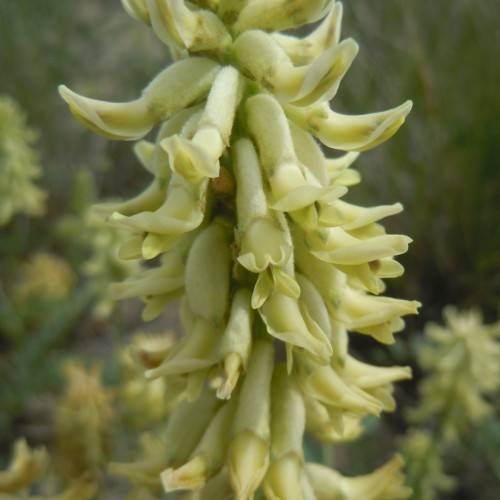
Canadian Milk Vetch
Astragalus canadensis var. mortonii
Also Known As - Morton's Canadian MilkvetchWatering:
Frequent
Hardiness Zone:
Sun:
full sun,part shade
Fruits:
Fruits Ready In Fall
Leaf:
Yes
Growth Rate:
Low
Drought Tolerant:
Yes
Salt Tolerant:
Yes
Care Level:
Medium
watering
Watering your Two Grooved Milk Vetch (Astragalus bisulcatus var. bisulcatus) is critical to the health and vigor of the plant. Water your plant deeply and less frequently, allowing the soil to dry out between irrigations. Water your Two Grooved Milk Vetch plants when the top 2 to 4 inches of soil is dry. During the hotter summer months, you may need to water your plants 2 to 3 times per week, and during the cooler fall and winter months you may need to water only once every week or 2. Water your plant in the morning before the temperatures increase and the plant becomes stressed by the heat. Always water thoroughly, saturating the soil but avoiding runoff.
sunlight
Two Grooved Milk Vetch (Astragalus bisulcatus var. bisulcatus) does best when exposed to full sun, or 6 to 8 hours of direct sunlight each day. This species does not tolerate shade and should not be planted if there is an area of moderate to deep shade during the day. They should be planted in a location that receives full sun for the entirety of the day. This species can be grown in USDA Hardiness Zones 5 to 9.
pruning
Two Grooved Milk Vetch should be pruned in late spring or early summer, after flowering has ended. Prune only when the plant is healthy and vigorous to avoid stressing it. Pruning should be done by cutting flowering stems close to the base of the plant, usually about 1 to 2 inches from the ground. This will stimulate new growth from the primary stems and keep the plant from becoming too dense. Pruning should also be done selectively - removing old, woody stems or dormant flower heads. Too much pruning could limit flowering and disrupt natural shape of the plant.
